Higher classification Chlorobiales | Scientific name Chlorobi | |
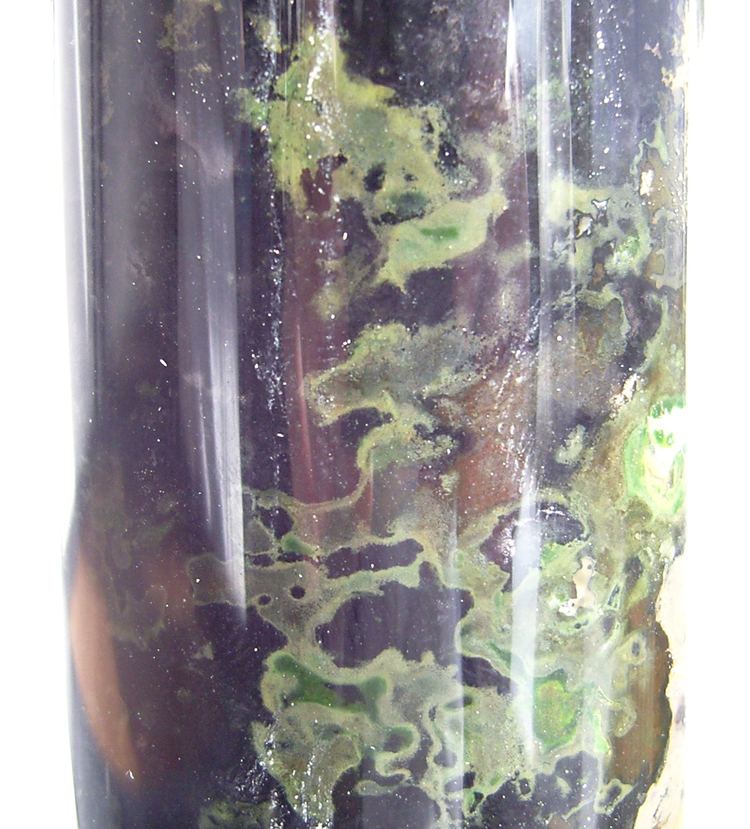 | ||
Phylum ChlorobiIino et al. 2010 Similar | ||
Comparison of electron flow in purple and green sulfur bacteria
The green sulfur bacteria (Chlorobiaceae) are a family of obligately anaerobic photoautotrophic Bacteria. Together with the non-photosynthetic Ignavibacteriaceae, they form the phylum Chlorobi. Most closely related to the distant Bacteroidetes, they are accordingly assigned their own phylum.
Contents
Green sulfur bacteria are nonmotile (except Chloroherpeton thalassium, which may glide). Photosynthesis is achieved using a Type 1 reaction centre using bacteriochlorophyll (BChl) a and in chlorosomes which employ BChl c, d, or e; in addition chlorophyll a is also present. They use sulfide ions, hydrogen or ferrous iron as an electron donor and the process is mediated by the type I reaction centre and Fenna-Matthews-Olson complex. Elemental sulfur deposited outside the cell may be further oxidized. By contrast, the photosynthesis in plants uses water as the electron donor and produces oxygen.

Chlorobium tepidum has emerged as a model organism for the group; although only 10 genomes have been sequenced, these are quite comprehensive of the family's biodiversity. Their 2-3 Mb genomes encode 1750-2800 genes, 1400-1500 of which are common to all strains. The apparent absence of two-component histidine-kinases and response regulators suggest limited phenotypic plasticity. Their small dependence on organic molecule transporters and transcription factors also indicate these organisms are adapted to a narrow range of energy-limited conditions, an ecology shared with the simpler cyanobacteria, Prochlorococcus and Synechococcus.
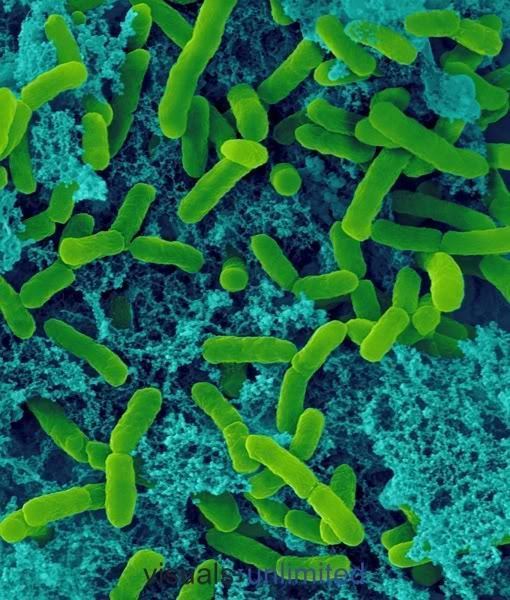
A species of green sulfur bacteria has been found living near a black smoker off the coast of Mexico at a depth of 2,500 m in the Pacific Ocean. At this depth, the bacterium, designated GSB1, lives off the dim glow of the thermal vent since no sunlight can penetrate to that depth.
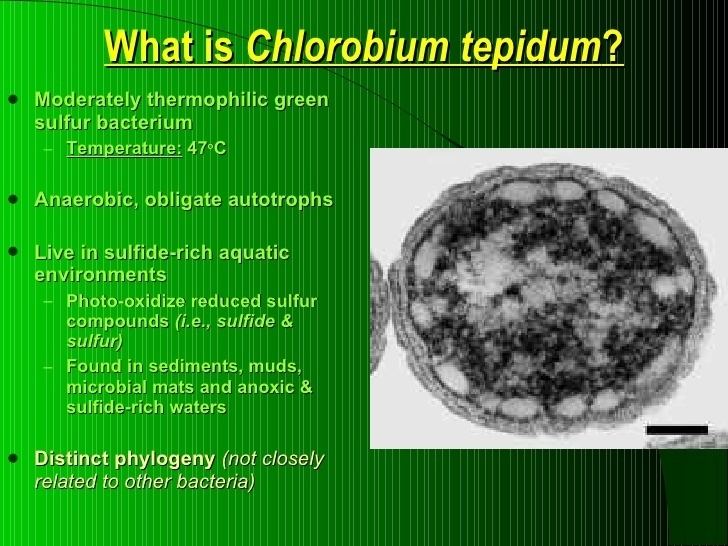
In Lake Matano, Indonesia, green sulfur bacteria are found at depths ranging from 110 to 120 meters. The population of these bacteria may include the species Chlorobium ferrooxidans.
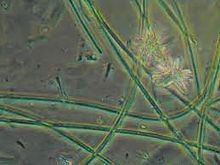
Phylogeny
The currently accepted phylogeny is based on 16S rRNA-based LTP release 123 by The All-Species Living Tree Project.
Taxonomy
The currently accepted taxonomy is based on the List of Prokaryotic names with Standing in Nomenclature (LSPN)
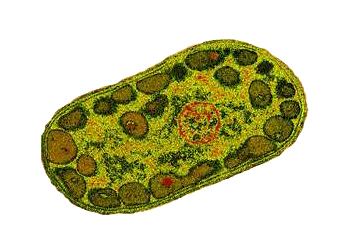

Notes:
♪ Prokaryotes where no pure (axenic) cultures are isolated or available, i. e. not cultivated or can not be sustained in culture for more than a few serial passages
♦ Type strain lost or not available
♠ Strains found at the National Center for Biotechnology Information (NCBI) but not listed in the List of Prokaryotic names with Standing in Nomenclature (LSPN)
